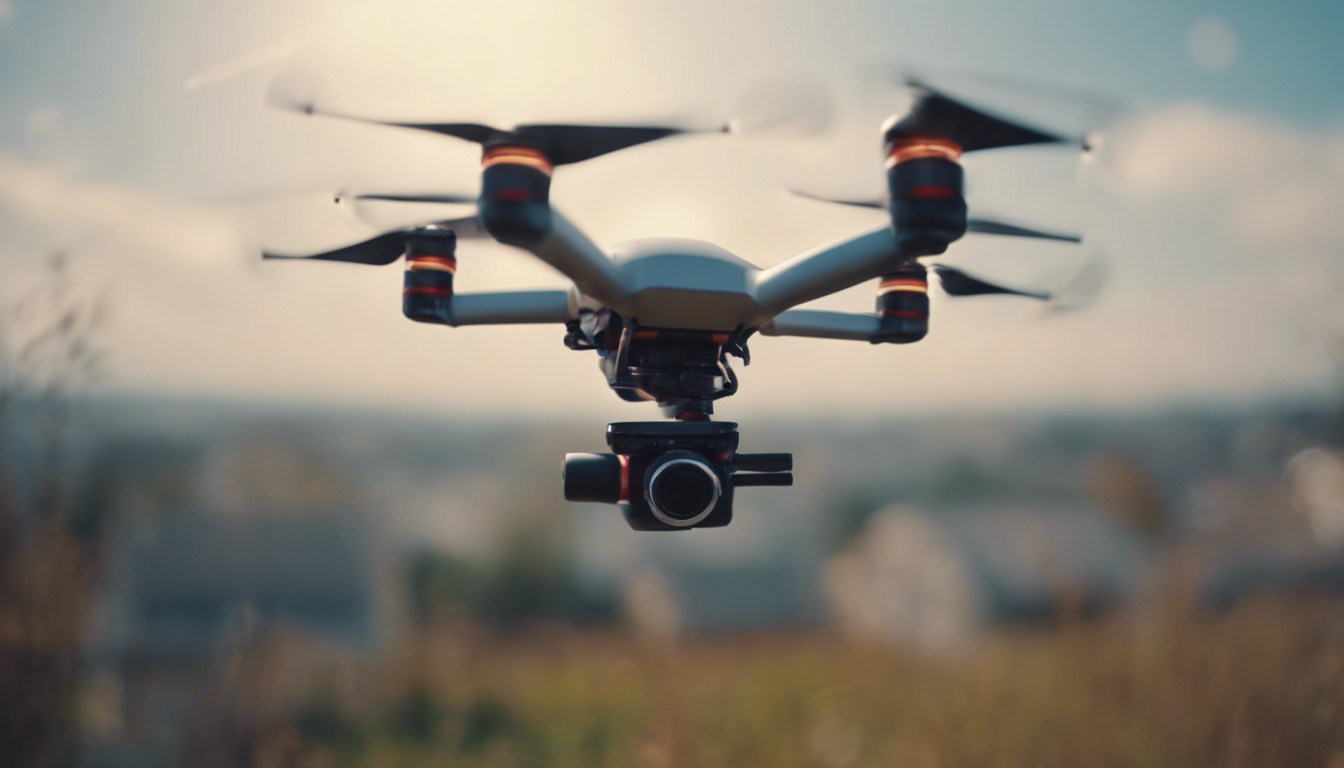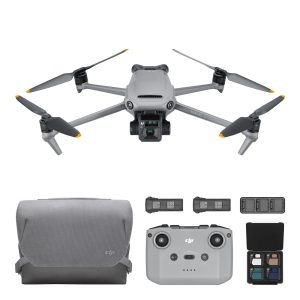
Drones have become increasingly popular over the past decade, with consumers embracing these unmanned aerial vehicles (UAVs) for recreational purposes, hobby photography, and even package delivery. As the number of drones in the sky continues to rise, it’s important to address the integration of drones into existing air traffic control systems to ensure the safety and efficiency of the airspace. Let’s dive into the nitty-gritty details of this fascinating topic and explore the challenges and solutions associated with the integration of consumer drones into air traffic control.
The Basics: What is Air Traffic Control?
Before delving into how drones can be integrated into air traffic control, it’s important to have a basic understanding of what air traffic control is. Essentially, air traffic control is a service provided by controllers who coordinate the movement of aircraft on the ground and in the airspace. Their primary goal is to prevent collisions, maintain safety, and regulate the flow of air traffic.
The Rise of Consumer Drones
In recent years, consumer drones have become more accessible and affordable, allowing anyone to take to the skies. The adoption of drones for both recreational and commercial use has surged, leading to an exponential increase in unmanned aircraft operating alongside manned aircraft. This increased presence of consumer drones poses unique challenges for air traffic control systems that were initially designed solely for conventional manned aircraft.
Challenges Faced by Air Traffic Control Systems
Integrating consumer drones into air traffic control presents a host of new challenges that must be carefully addressed. One such challenge is the sheer volume of drones that are now taking flight daily. Unlike traditional aircraft, drones are relatively small, agile, and can be operated in densely populated areas. This increased density necessitates the need for real-time tracking and monitoring systems that can differentiate between different types of aircraft accurately.
Another significant challenge faced by air traffic control in integrating drones is the automation factor. Consumer drones are typically controlled by operators using remote control or autonomous flight software. This automation removes the ability for human controllers to directly communicate with drone operators, making it crucial to develop new communication protocols or automated systems that can interface with drones.
Solutions for Integration
Thankfully, experts and engineers are working tirelessly to develop solutions to overcome the challenges associated with integrating drones into air traffic control. One solution gaining traction is the use of geographic information systems (GIS) to create virtual boundaries for drone operations. These virtual boundaries can be programmed to limit a drone’s flight path and altitude, preventing them from encroaching on restricted areas or conflicting with manned aircraft routes.
Another promising solution is the development of Traffic Management Systems (UTM) specifically designed for drones. UTM systems act as a digital infrastructure that allows drones to navigate safely and autonomously in the airspace. These systems can provide real-time information on traffic flow, weather conditions, and airspace restrictions to both drone operators and air traffic controllers.
What Can Drone Operators Do?
While the responsibility of integrating drones into air traffic control primarily lies with governing authorities and aviation organizations, drone operators also have a role to play in ensuring safe and responsible drone usage. Here are a few practical tips for drone operators:
- Know the Rules: Familiarize yourself with local regulations and airspace restrictions before taking flight. Ignorance is not an excuse when it comes to endangering the safety of airspace.
- Register Your Drone: In many countries, drone registration is mandatory. Be sure to comply with any registration requirements to ensure accountability and traceability.
- Keep Your Drone in Sight: Maintaining visual contact with your drone while flying is essential for safety. Losing sight of your drone increases the risk of a collision with other aircraft.
- Don’t Fly Near Airports or Emergency Zones: As a responsible drone operator, it’s important to avoid flying near airports, helipads, or emergency zones where manned aircraft are likely to be present.
- Follow Manufacturer Guidelines: Read and follow the guidelines provided by the manufacturer to ensure the safe operation of your drone. This includes respecting flight limitations, understanding battery life, and proper maintenance.
The Future of Drone and Air Traffic Control Integration
The integration of consumer drones into air traffic control systems is an ongoing process that will continue to evolve as drone technology advances. As drones become more commonplace, it is essential to strike a balance between enabling the potential benefits of drones while ensuring the safety and efficiency of airspace operations. With ongoing research and collaboration between industry stakeholders, we can expect future solutions that will further enhance the integration of drones into air traffic control.
“The sky’s the limit for drone technology, but only if we can effectively integrate them into our existing air traffic control systems.” – Anonymous
As we conclude our exploration into the integration of consumer drones into air traffic control, it’s evident that this complex task requires careful consideration and innovative solutions. By addressing the challenges head-on and working collaboratively, we can ensure that drones become a beneficial addition to our airspace, augmenting safety and efficiency for all.
